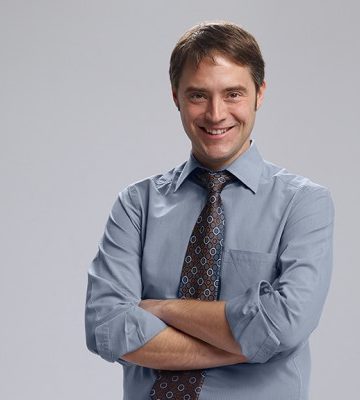Live Demonstrations of Beats and Interference of Sound
At a Glance
Discipline
- STEM
- Physics
Instructional Level
- College & CEGEP
Course
- Waves & Modern Physics 203-NYC-05
Tasks in Workflow
Social Plane(s)
- Individual
- Whole Class
Type of Tasks
- Discussing
- Solving problems
- Analyzing
- Reading
Technical Details
Class size
- Small (20-49)
Time
- Single class period (< 90 mins)
Instructional Purpose
- Application & knowledge building
- Exploration & inquiry
Overview
This activity usually is done during week 5 or 6 of the semester. By this time, we have covered the principal of superposition, applied it to the context of standing waves on strings and in pipes, and had an experiment(s) with resonant standing waves on a string and/or in pipes (plus useful simulations, see below for examples).
Prior to the activity, students have seen/read the necessary material in order to complete this activity (textbook sections).
Setup: The following is set up in a room; at one end, there are two signal generators, 2 speakers, an oscilloscope with a microphone connected to it, a computer with a graphical display of volume as a function of frequency (eg. a pasco sound sensor used with a fft plot), tuning forks, plastic pipes and some instruments (guitar and electronic keyboard; I sometimes bring my didgeridoo and I even invite students to bring their instruments to class that day).
During class:
1) Recall how the principal of superposition is applied to find the results describing standing waves on a string and in a pipe. Highlight that the 2 waves interfering are confined in space (i.e. on the string and in a pipe).
2) Consider if the waves are not confined and can travel freely. First, imagine 2 identical waves coming from 2 sources. At any location where the two waves meet, they will interfere. There are specific conditions that lead to Constructive Interference and Destructive Interference (math). I ask what would they expect if I try to mimic that idea right now? What would they hear? Would what they hear vary depending on where they are? I then setup 1 signal generator with a sinusoidal signal feeding the 2 speakers (e.g. use 240 Hz). Students walk around the room experiencing the interference; at some locations the volume is louder, others it is not very loud, and there is in between. With a quick calculation using the speed of sound and the frequency used, they can find the wavelength and try to estimate locations of CON and DES interference (if time permits, you can have them find the wavelength and then estimate the speed of sound instead). Everyone walks around the room! Then I have them step outside of the room. I make a parallel to what we will cover in a few weeks (i.e. Diffraction). I then modify the frequency. Students predict if the locations of Constructive Interference will be closer together or not. Then we walk around again. You can change the frequency a third time and repeat
3) Next, imagine 2 waves of different frequencies interfering at one location. The effect is now different. We derive (math) and highlight the beat frequency and the average pitch. Describing what you hear when dealing with beats is not intuitive! I use a simulation to show the beat pattern. We then return to the setup. I now use two signal generators, each feeding into separate speakers. I use different frequencies (e.g. use 240 and 244 Hz). The microphone and the sound sensor are placed close to the speakers. With the sound sensor (and computer pasco software), you can see 2 peaks, one for each of the frequencies. With the microphone (connected to the oscilloscope), you can see the same pattern as that on the simulation. Students get to hear the beats and observe the patterns. I then modify the frequencies and observe (predict first, then observe, etc.).
4) Then we use tuning forks and play some instruments to compare/contrast a single frequency (tuning fork) and harmonics (strumming a guitar string). The sound sensor + fft (computer pasco software) is really useful here. I usually have some musicians in my class so interesting discussions evolve around comparing “volume as a function of frequency” (fft) plots to sheet music, sound engineering and filtering, etc.
5) With the little time that remains, I let students play around with the setup, instruments, etc. and allow for Q&A.
Instructional Objectives
- Apply the principal of superposition to two new contexts.
- Achieve a better understanding of Constructive Interference and Destructive Interference (and relate to Youngs’ Two Slit experiment coming up later in the course).
- Achieve a better understanding of Beats.
Workflow & Materials

Activity Workflow
Published: 17/11/2020
Copyright: © 2024 Adams. This is an open-access article distributed under the terms of the Creative Commons Attribution License (CC BY). The use, distribution or reproduction in other forums is permitted, provided the original author(s) and the copyright owner(s) are credited and that the original publication on this website is cited, in accordance with accepted academic practice. No use, distribution or reproduction is permitted which does not comply with these terms.

